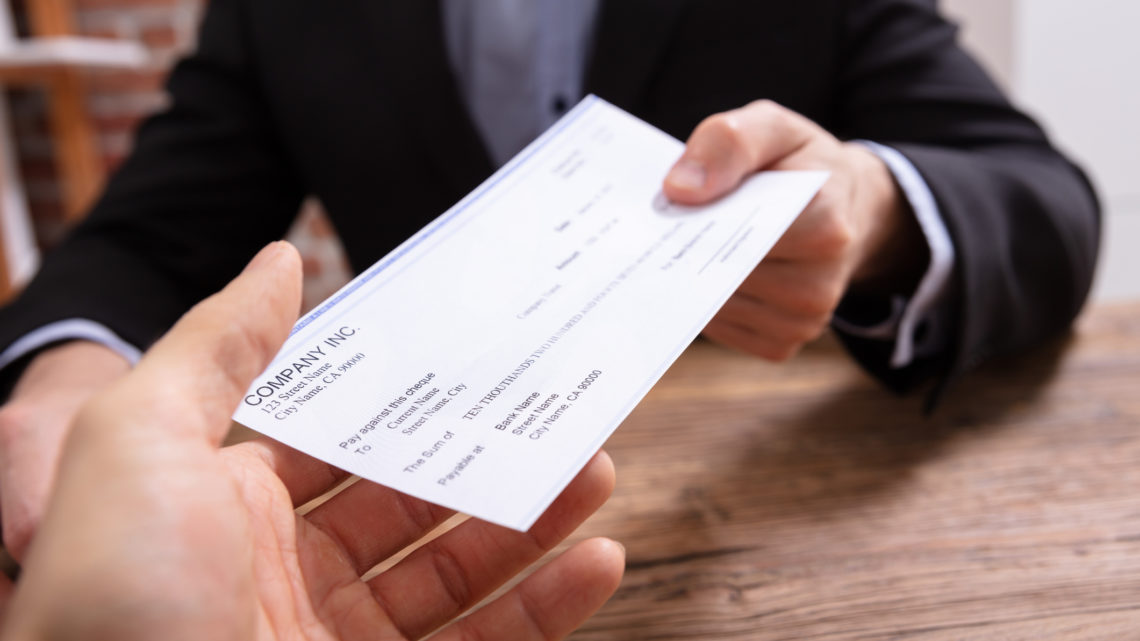If you have recently been laid off from your job due to COVID-19, odds are high that you will qualify for unemployment benefits. Though most states allow you to apply over the phone or by mailing in a form, the quickest and easiest option to file unemployment is online. Unemployment claims are frequently processed faster when filed online, which means that you will likely receive benefits sooner.
How is Unemployment Insurance Defined?
Unemployment insurance is monetary payments and other forms of compensation provided to employees who have lost their job due to reasons that are no fault of their own. This compensation is provided for a specific length of time and/or until the individual finds a new place of employment.
Benefits are provided to individuals through state-run unemployment insurance programs. These programs are established by recommendations and guidelines of Federal law. The laws in your state determine the amount and length of time benefits are available to you.
Coronavirus Unemployment Benefits
The federal government has recently allowed states more flexibility in providing benefits to unemployed individuals. Some states are also expanding the guidelines of unemployment eligibility.
Currently, many unemployment sites are being overwhelmed with applications. Try to send yours in early or late in the day when there are less people using the system.
Eligibility for Receiving Unemployment Benefits
Eligibility requirements for insurance coverage under unemployment are established by your state. Some of the primary requirements include having lost your job through circumstances out of your control (i.e. the COVID-19 pandemic) and having worked at your place of employment for a certain length of time prior to having lost your job.
In most cases, you must have been considered an employee (not an independent contractor) at a company that pays into state funded unemployment insurance. At this current time, however, benefits have been expanded temporarily to include workers who are considered self-employed.
Having met your state eligibility requirements, you are then entitled to receive compensation, which usually amounts roughly half your previous earnings up to a maximum amount.
How to Find Your State Unemployment Office Online
- Search for the name of your state + “unemployment” on your search engine of choice (i.e. California unemployment).
- Create a username and password in order to log in to their state’s website account. From there you will be able to begin filing for unemployment benefits.
- To avoid claim delays, follow the instructions online carefully. Once your application is processed you’ll receive a confirmation of your application.
Information Required to Apply for Unemployment
Requirements for filing for unemployment vary from state to state, but here is a guideline of information you will most likely need when you file for unemployment:
- Your Social Security Number (SSN)
- Your current driver’s license card number if you have one
- Your current complete mailing address
- A phone number that you can be reached at
- If you are not a current U.S. citizen, your Alien Registration card number (if applicable)
- The Federal employer Identification Number or the Employer Registration number of your most recent employer
- Copies of SF8 and SF50 forms if you worked as a federal employee within the last 18 months
- If you are claiming benefits for your military service, a copy of your most recent DD 214 separation form
- Have a pen and paper on hand to write down your unemployment claim information if you do not have access to a printer
- For states that allow or require your weekly unemployment benefits to be directly deposited to your bank account, have your bank routing and checking account numbers on hand
Filing for Weekly Benefits
After initially filing your unemployment benefits claim, you will be able to access your account on a weekly basis and continue to apply for benefits. You can also use it to track the status of your claim, your payments, and review the amount of unemployment compensation currently left in your account. Remember: unemployment benefits won’t be made to you unless you file for benefits each week while you are eligible.
Unemployment Payments
Unemployment benefits are given by check, direct deposit, or debit card depending on the state you live in. You are able to select and review these options for payment when you file for unemployment. Unemployment payments are made either weekly or bi-weekly.



No Comment